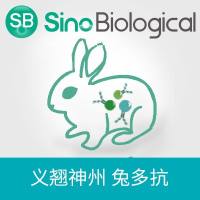Methods for Adeno-Associated Virus-Mediated Gene Transfer into Muscle
互联网
883
Gene therapy vectors based on adeno-associated virus (AAV) are being used to successfully transduce a number of different tissues, including muscle (1 ). The first demonstration of muscle transduction by recombinant AAV (rAAV) was reported by Xiao et al. (2 ) in 1996. In that report, LacZ expression from an AAV vector was established in immunocompetent mice for over 1.5 yr. Since that time, several laboratories have confirmed these observations with direct im injection of rAAV followed by sustained expression of various transgenes such as α-glucuronidase, alpha-1-antitrypsin, erythropoietin, and coagulation factor IX (3–6). Unlike other viral vectors, AAV appears to avoid immune response to the vector transgene, and, therefore, efforts to evaluate this delivery system for human use through testing large animal models have been initiated. Although the initial observations were hailed with success, in 1998 Monohan et al. (6 ) established that trace amounts of adenovirus helper elicit a cellular immune response to the AAV-transduced tissue. Critical to the success of long-term vector expression is the quality of the AAV virus. Soon after this observation, efforts were made to improve the procedure for generating rAAV vectors (7 ,8 ). In this chapter, we describe how to produce rAAV free of wild-type adenovirus. In addition, Summerford and Samulski (9 ) recently identified the receptor for AAV, heparan sulfate proteoglycan.









